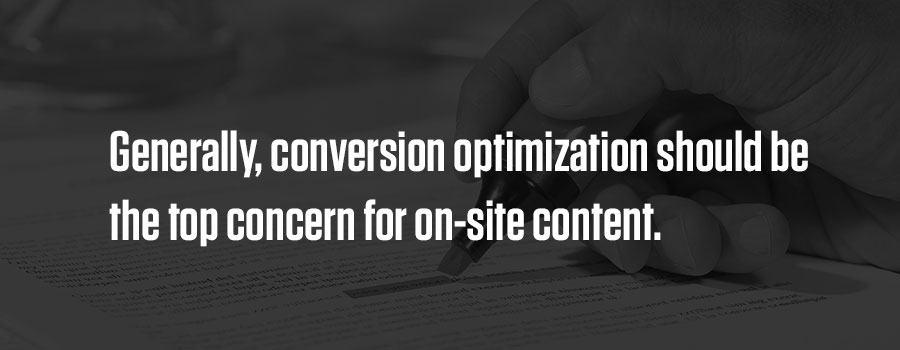
Long Copy vs. Short Copy
June 19, 2018
A central issue in content marketing is whether to use long copy or short copy. Each has advantages and disadvantages. Consider these issues when developing your approach to a given piece of marketing content.
- If your product or service is new, long copy provides the depth of information readers need to figure it out.
- If your product or service is complex, long copy helps readers figure it out.
- On the flip side, if your product/service is familiar and/or easy to understand, short copy makes sense. Readers get frustrated when they’re forced to wade through content that covers material they already understand.

- If your goal is to get readers to contact your sales team, strongly consider short copy. If your content provides too many details, readers may feel there’s no reason to discuss the matter further.
- Make long copy scannable. Headers and subheads should communicate key points with flair. Use bold text and bulleted/numbered lists. Kick off and/or conclude with an executive summary.
- If your content is part of an SEO campaign, long copy may improve rankings. But this is not always true, since many other factors affect how Google ranks content.
- Sometimes, long copy makes sense for SEO and short copy makes sense for conversion optimization. Generally, conversion optimization should be the top concern for on-site content. Why? Because if your organic site traffic never converts, your SEO campaign has little benefit.
- Long copy should never be published simply because it didn’t undergo rigorous editing. We writers sometimes say in 500 words what a sharp editor can say in 100 words. If 100 words accomplishes the goal more effectively, go short.
Over to You
What do you think about when deciding whether to go with long copy or short copy?
We deliver! Sign up and we’ll send our valuable content right to your inbox.




